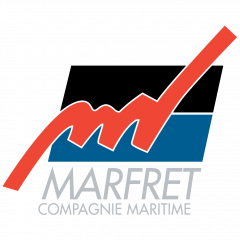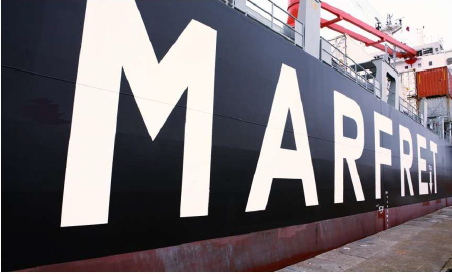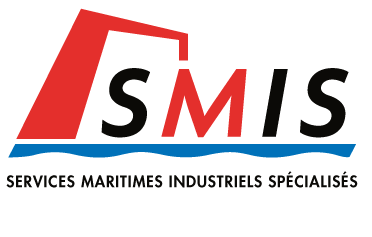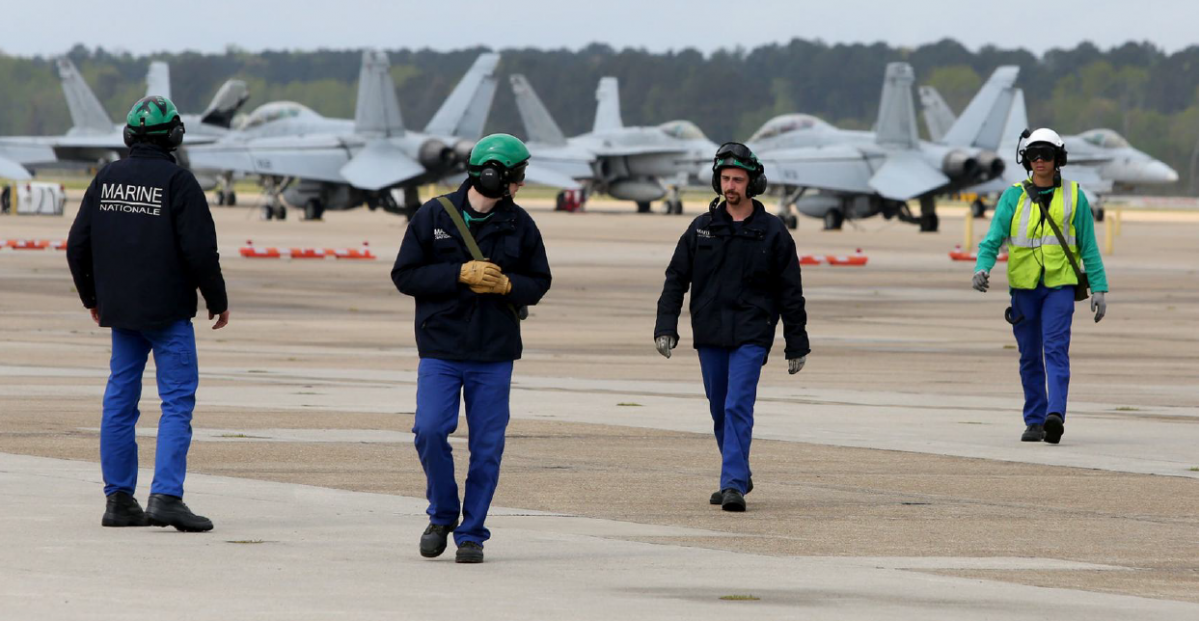As of 1 January 2020, all merchant ships will have to reduce their sulphur emissions from 3.5% to 0.5%. Shipowners and oil majors are moving to fulfil the demand and to meet the technological and economic challenges introduced by the International Maritime Organization’s (IMO) sulphur regulations.
Faced with uncertainties about the quantities which will be available and the price of low-sulphur HFO, companies are coming to a crossroads. From July 2019, they will have to make choices that will commit them to new long-term fuel strategies. Whether the answer is diesel, LNG or internal scrubber technology, one thing seems certain: these new regulations will substantially increase the cost of maritime transport. Beyond the impact on shipping lines, manufacturers and raw materials producers in source countries may also suffer. Under the guise of the environment, it is the very principles of the globalized economy that industrials will have to rethink.
The countdown is on. With just eleven months to go before this crucial deadline for the maritime transport industry, the time to make a choice is fast approaching. However, before ship owners can reach a decision that will bring them into compliance, they have to navigate through the fog of uncertainty which lies around costs and availability of compliant fuels. They must meet at all costs the challenge of the maximum 0.5% cap on sulphur emissions which is scheduled scheduled for 1 January 2020. No obligation has been issued by the International Maritime Organization to oil producers and refineries to produce low sulphur fuel in sufficient quantities, and of acceptable quality, to serve the industry. Moreover, the signatory states do not feel responsible for the result. What will become of the quantities of HFO with Sulphur content of 3.5% which is produced in abundance by refineries and which nobody will then want? Tomorrow, will they be able to compensate with Marine Gas Oil (MGO), which, it would seem, is most likely to become the dominant fuel?
This is a worrying situation. In effect shipowners have three options available to bring them into compliance:
- continue to consume 3.5% fuel oil and equip or retro-fit ships with scrubbers.
- Change fuel and refuel either with 0.5% fuel (if sufficient quantities can be made available) or switch to diesel.
- Finally, the most radical solution is to change engine propulsion technology to LNG, hydrogen or hybrid ships.
To date, of the 55,000 merchant ships in operation, very few have invested in scrubbers or new propulsion technologies. Eleven months to convert the world fleet seems unrealistic. Nothing at this stage can change or improve this situation any faster.
The equation to be solved has two major unknowns: the price and availability of each fuel type.
Revision of charter parties
For several months, Marfret’s technical services have been preparing for this deadline. “In the first quarter of 2019, we will choose the fuel according to the navigation zones and product availability… From February to September, we will prepare the fleet, adapt the ship’s fuel system, if necessary according to the specifications of the available product and draft new bunker procedures. By 1 October at the latest, we will start bunkering with 0.5% fuel oil or MGO, after rinsing the tanks,” explains the arms captain Charles Gauthier. To be in compliance we will have to ensure that we have burned all of the 3.5% Sulphur HFO. “The situation is different when the ship is chartered (Nasp, MedCar),” adds Charles Gauthier.
As regards chartering, the new IMO rules require a revision of the charter party and a redefinition of the broker’s strategy. Should it look for ships equipped with scrubbers or which will be capable of consuming the available fuel, depending on the case, diesel or 0.5% fuel oil?
Operators will have to be vigilant about the quality of the product available. In the absence of a precise framework, two types of 0.5% HFO will be on the market. The first, produced by refineries that will have made the $1 billion investment on time, is more likely to be of quality, the second, is likely to be more unstable because it will be produced from mixing with diesel fuel and various additives and it could cause damage to the vessel’s engines.
These choices will affect the financial equilibrium of the line. Fuel costs still represent 60% of the operating cost of a ship. Currently, a single day of navigation on a large container ship can cost US$80,000… What about tomorrow? The sulphur directive will drive up the price of maritime freight transport, which accounts for 90% of world trade. The new BAFs (Bunker Adjustment Factor) in preparation, which shippers are seeking to discredit, may permanently change the balance.
Many services are in danger of disappearing and many ships will be scrapped. The manufacturers who now produce in China will probably rethink their organization and relocate.
The maritime industry, which currently accounts for only 2 to 3% of global emissions, risks paying a very high price for this transition to new emission compliant fuels and technologies.



